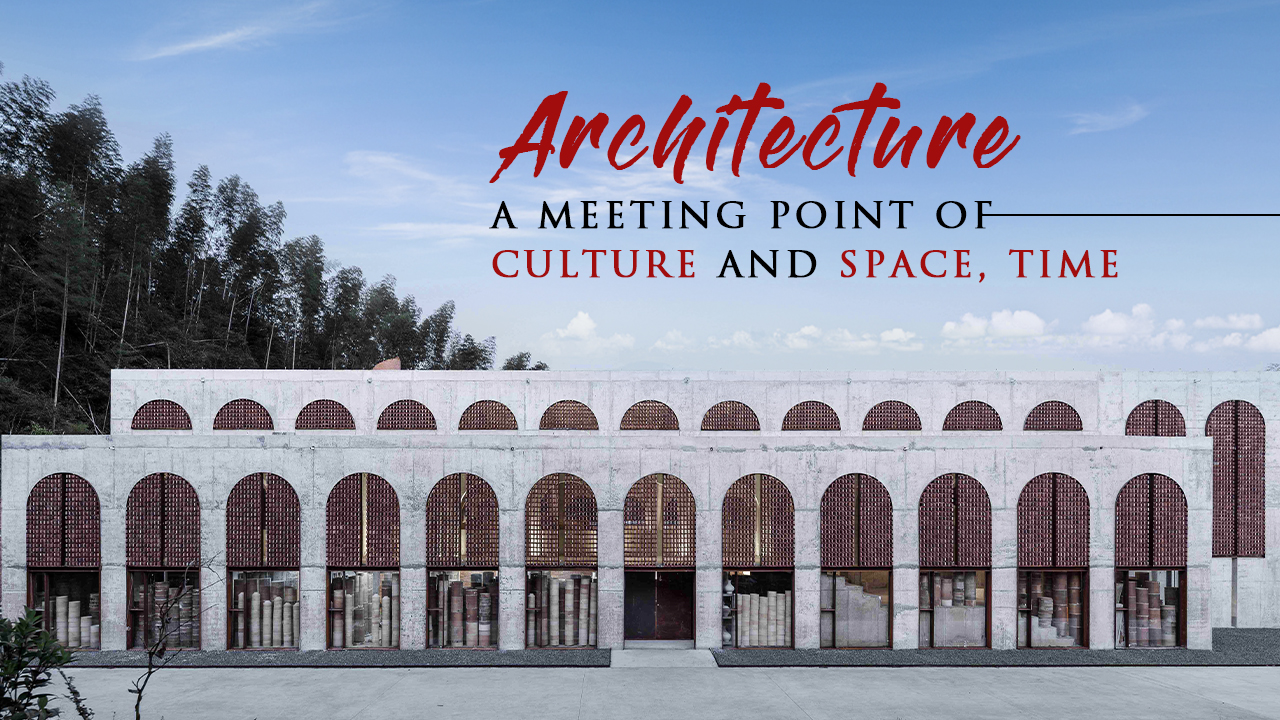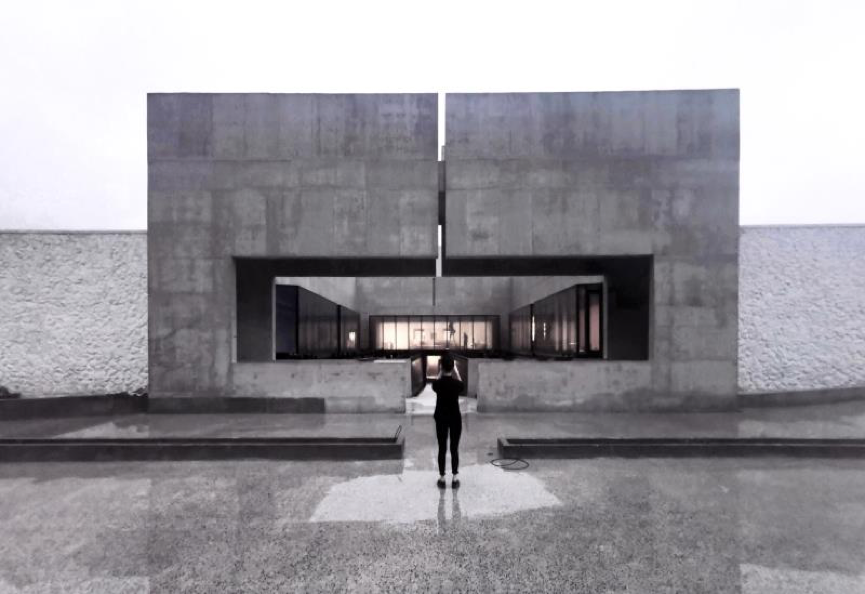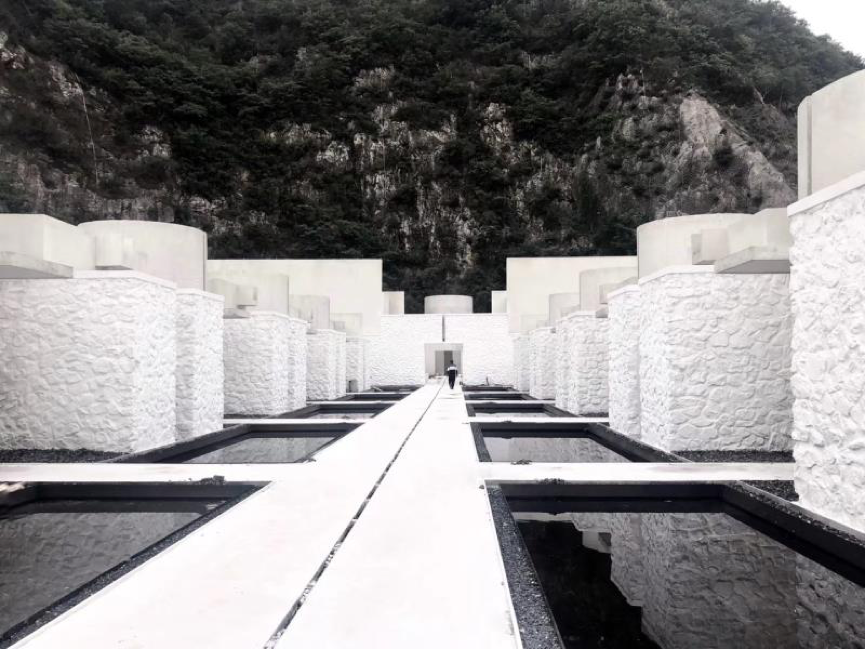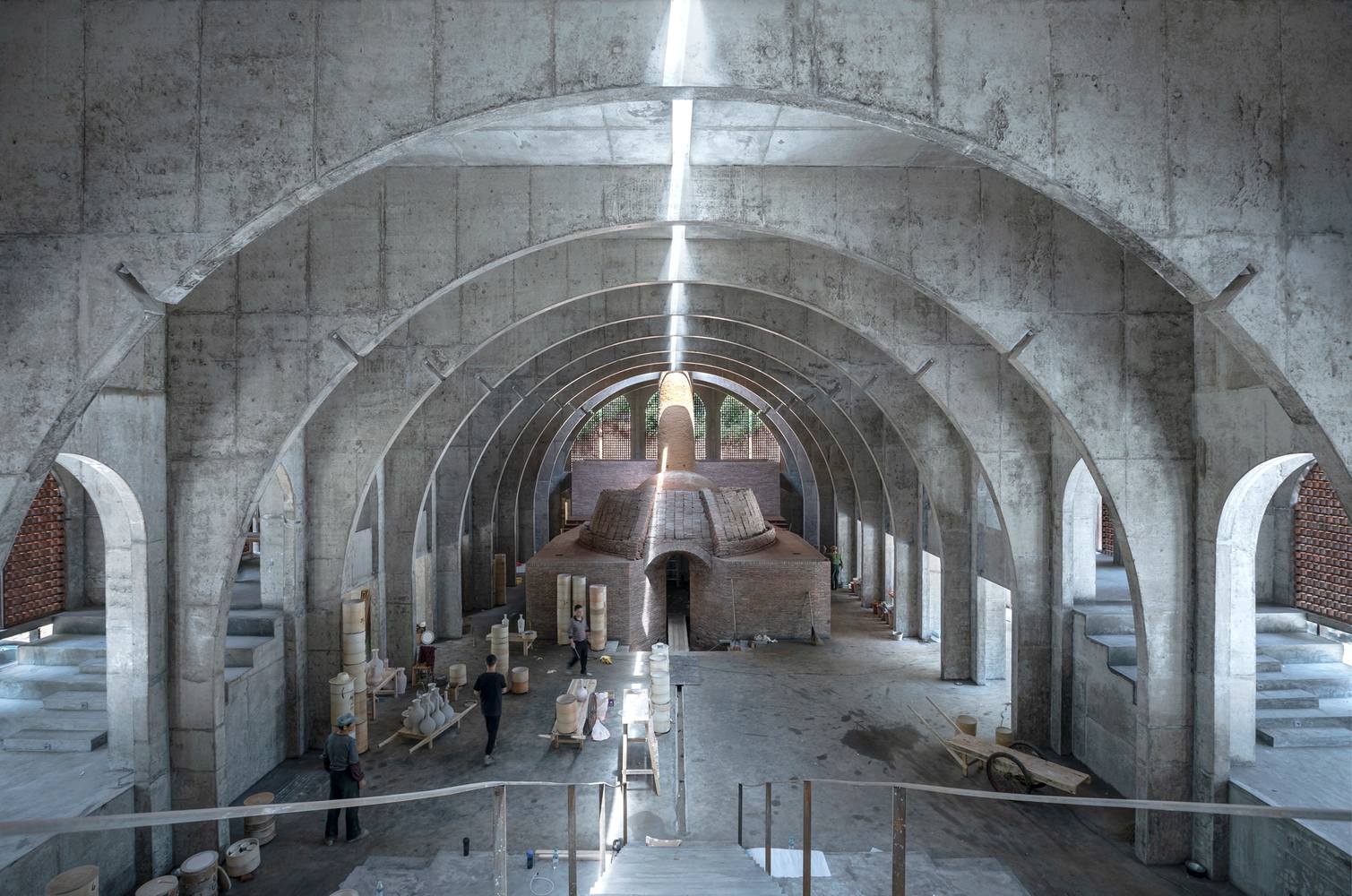03:54

About a one-hour drive east of Nanjing, the capital of China's Jiangsu Province, lays the Yunxi Hot Spring, a hotel where stone takes the central stage. Built on an old quarry, the project exemplifies the architect's idea that architecture is the meeting point of culture, space, and time.
"Nanjing has been called the 'Stone City' since ancient times, and the stone is a famous element of the city," said architect Zhang Lei, founder of AZL Architects. "For us, the quarry reflects the continuity of time, and today we reshape it into a romantic aesthetic space."

The Yunxi Hot Spring Hotel in Nanjing, capital of China's Jiangsu Province. /Courtesy of AZL Architects
The Yunxi Hot Spring Hotel in Nanjing, capital of China's Jiangsu Province. /Courtesy of AZL Architects
The long history of the quarrying industry has left some open pits in the suburb of Nanjing, and among them are four deserted pits in the Tangshan region. In 2017, the local government decided to restore the ecosystem of the Tangshan quarry while preserving its historical and cultural elements, and one of the pits was allocated for the construction of the hotel to serve for the future quarry park, a tourist resort.
Situated at the bottom of the original quarry, the hotel has a north-south axis that crosses the entire space of the building. On both sides of the axis, white cement and white stones are used to decorate the building and echo with the mountain.

A visitor walks along the axis on the roof of the Yunxi Hot Spring Hotel. /Courtesy of AZL Architects
A visitor walks along the axis on the roof of the Yunxi Hot Spring Hotel. /Courtesy of AZL Architects
Walking along the axis on the roof of the hotel, "you can feel the harmony between the building, people, and the environment. This is what we call the unity of man and nature," Zhang said.
Zhang also implemented this idea in the BingDing Wood Kiln in Qiancheng Village of Jingdezhen, east China's Jiangxi Province. Jingdezhen is known as the "Porcelain Capital" in China since porcelain is a traditional business passed down for thousands of years.
The wood kiln comes from locals using Chinese red pine wood as fuel to make porcelain. But with the popularity of modern firing techniques and the protection of timber resources, the traditional wood kiln and its handicrafts are on the brink of extinction.
The BingDing Wood Kiln's owner still hopes to revitalize the porcelain-making tradition. Inspired by that, Zhang designed the space with his "respect to traditional craftsmen and handicrafts."

In the middle of the BingDing Wood Kiln, a strip of daylight comes in through the roof and projects a strip light on the ground. /Courtesy of AZL Architects
In the middle of the BingDing Wood Kiln, a strip of daylight comes in through the roof and projects a strip light on the ground. /Courtesy of AZL Architects
The building is designed with the kiln as its core. In the middle of the building, a strip of daylight comes in through the roof and projects a line of light on the ground. There is also light coming from two sides of the building, highlighting the kiln itself in the axis and creating a sense of ceremony.
Besides the working area on the ground floor, the space on the second floor is specially designed for visitors, who can observe the production process of handmade porcelain and even go down to participate.
"A good building can reshape the border of human civilization because the inheritance of civilization is ingrained in the tangible heritage," said Zhang.
Editor: Wu Yan
Cover image designer: Yin Yating
Executive producer: Zhang Xiaohe
Producer: Si Nan
Supervisor: Zhang Shilei